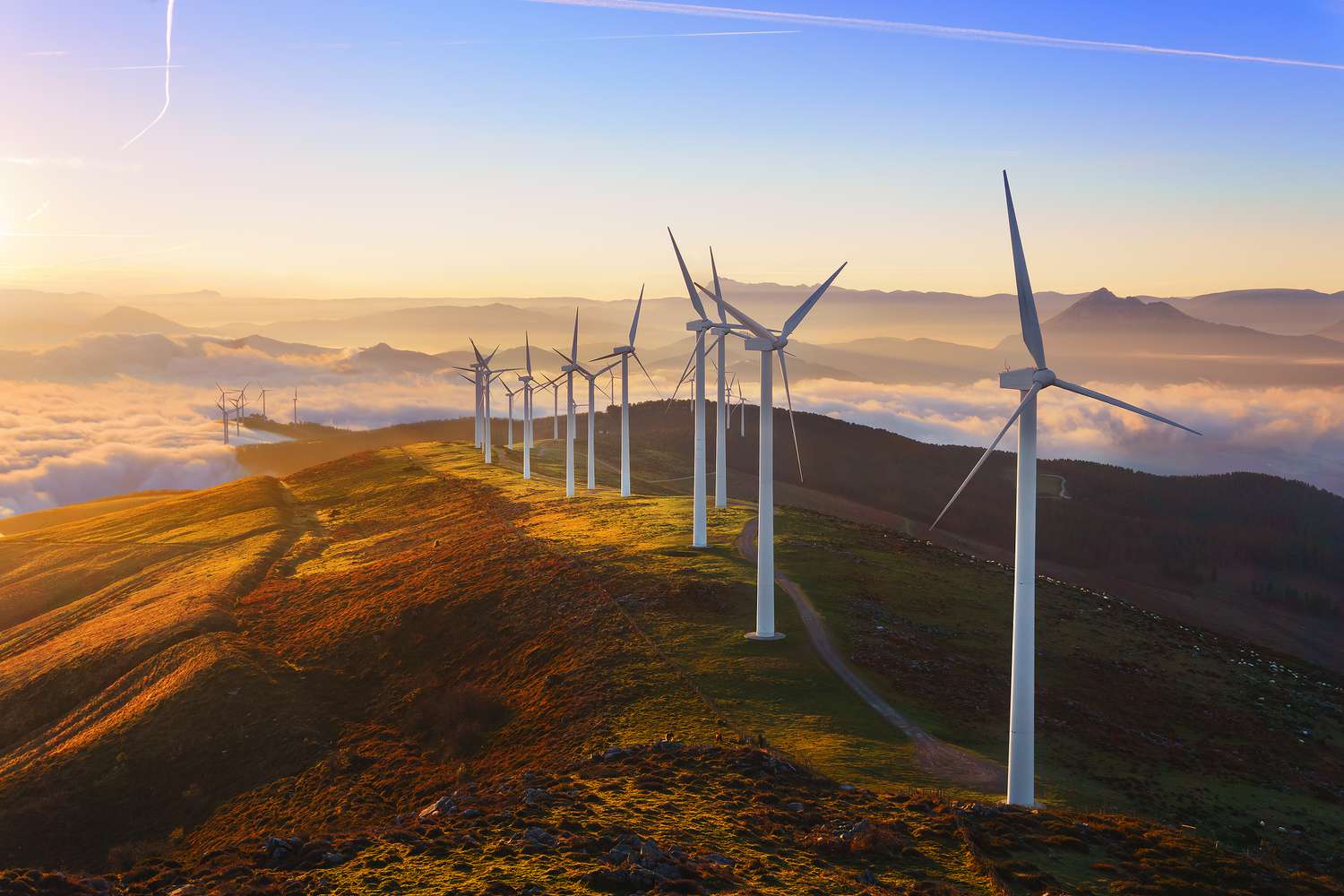Wind energy, also known as wind power, is a renewable energy source that harnesses the kinetic energy of wind to generate electricity. It is one of the fastest-growing and most widely used forms of renewable energy worldwide. Here’s how wind energy works:
- Wind Turbines: Wind turbines are the primary technology used to capture wind energy. They consist of large blades mounted on a tower. The wind blows over the blades, causing them to spin. The kinetic energy of the moving air is converted into mechanical energy in the spinning blades.
- Electricity Generation: The mechanical energy from the spinning blades is then converted into electrical energy by a generator within the wind turbine. The generator typically uses the principles of electromagnetic induction to produce electricity.
- Grid Connection: The electricity generated by the wind turbine is usually in the form of alternating current (AC). It is then transmitted through power lines and connected to the electrical grid, making it available for distribution to homes, businesses, and industries.
Key points about wind energy:
- Onshore and Offshore Wind Farms: Wind turbines can be installed onshore, typically in open areas with consistent wind, or offshore in bodies of water such as oceans or lakes. Offshore wind farms are often located near coastal areas where winds tend to be stronger and more consistent.
- Advantages: Wind energy is a clean, renewable energy source that produces no greenhouse gas emissions or air pollutants during operation. It helps reduce reliance on fossil fuels, mitigates climate change, and provides a sustainable source of electricity.
- Challenges: Wind energy can be intermittent, as it depends on wind availability. Energy storage solutions and grid integration technologies are used to manage this intermittency. Additionally, the visual and environmental impacts of wind farms can be a subject of debate.
- Scaling Up: Wind turbines come in various sizes, from small residential units to large utility-scale turbines with multiple megawatts of capacity. Advances in technology have led to the development of larger and more efficient turbines.
- Global Growth: Wind energy has experienced significant growth globally, with many countries investing in wind power projects to meet renewable energy targets. Denmark, Germany, China, and the United States are among the leading producers of wind energy.
- Job Creation: The wind energy sector also contributes to job creation in manufacturing, construction, and maintenance of wind turbines and associated infrastructure.
Wind energy plays a crucial role in the transition to a more sustainable and environmentally friendly energy mix, providing a reliable source of electricity while reducing the carbon footprint of energy production.

